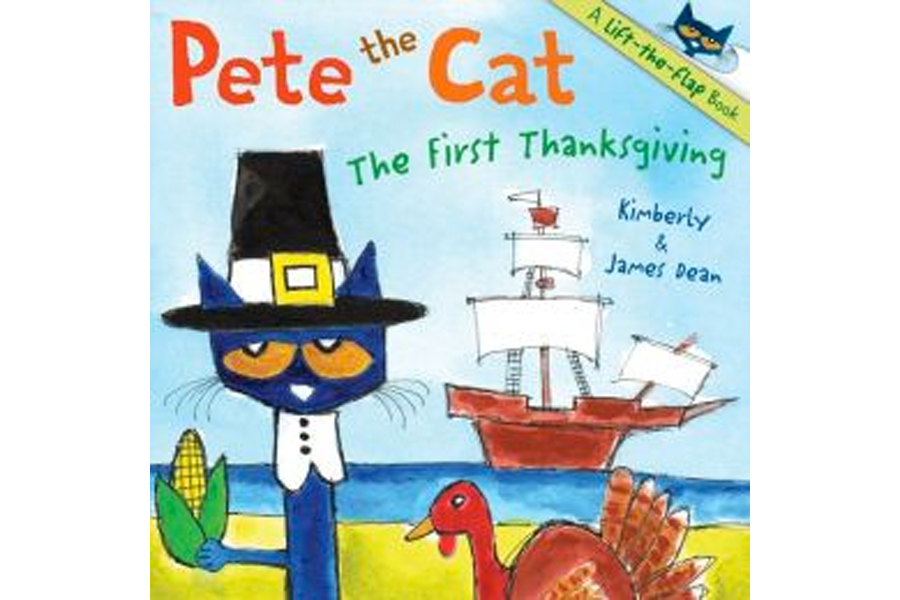1. The Book With No Pictures, by B.J. Novak, Dial
2. The Day the Crayons Quit, by Drew Daywalt, Oliver Jeffers (Illus.), Philomel
3. The Animals' Santa, by Jan Brett, Putnam Juvenile
4. Goodnight Moon, by Margaret Wise Brown, Clement Hurd (Illus.), Harper
5. Little Blue Truck's Christmas, by Alice Schertle, Jill McElmurry (Illus.), Harcourt
6. Skippyjon Jones Snow What, by Judy Schachner, Dial
7. Once Upon an Alphabet, by Oliver Jeffers, Philomel
8. The Polar Express, by Chris Van Allsburg, Houghton Mifflin
9. The Very Hungry Caterpillar, by Eric Carle, Putnam
10. Pete the Cat: The First Thanksgiving, by James Dean, Kimberly Dean, HarperFestival
11. Llama Llama Jingle Bells, by Anna Dewdney, Viking Children's Books
12. How the Grinch Stole Christmas, by Dr. Seuss, Random House
13. Frozen (Little Golden Book), by Victoria Saxon, Grace Lee (Illus.), Random House/Disney
14. Mix It Up!, by Herve Tullet, Chronicle
15. Where the Wild Things Are, by Maurice Sendak, Harper
 Mark Sappenfield
Mark Sappenfield
Dear Reader,
About a year ago, I happened upon this statement about the Monitor in the Harvard Business Review – under the charming heading of “do things that don’t interest you”:
“Many things that end up” being meaningful, writes social scientist Joseph Grenny, “have come from conference workshops, articles, or online videos that began as a chore and ended with an insight. My work in Kenya, for example, was heavily influenced by a Christian Science Monitor article I had forced myself to read 10 years earlier. Sometimes, we call things ‘boring’ simply because they lie outside the box we are currently in.”
If you were to come up with a punchline to a joke about the Monitor, that would probably be it. We’re seen as being global, fair, insightful, and perhaps a bit too earnest. We’re the bran muffin of journalism.
But you know what? We change lives. And I’m going to argue that we change lives precisely because we force open that too-small box that most human beings think they live in.
The Monitor is a peculiar little publication that’s hard for the world to figure out. We’re run by a church, but we’re not only for church members and we’re not about converting people. We’re known as being fair even as the world becomes as polarized as at any time since the newspaper’s founding in 1908.
We have a mission beyond circulation, we want to bridge divides. We’re about kicking down the door of thought everywhere and saying, “You are bigger and more capable than you realize. And we can prove it.”
If you’re looking for bran muffin journalism, you can subscribe to the Monitor for $15. You’ll get the Monitor Weekly magazine, the Monitor Daily email, and unlimited access to CSMonitor.com.






